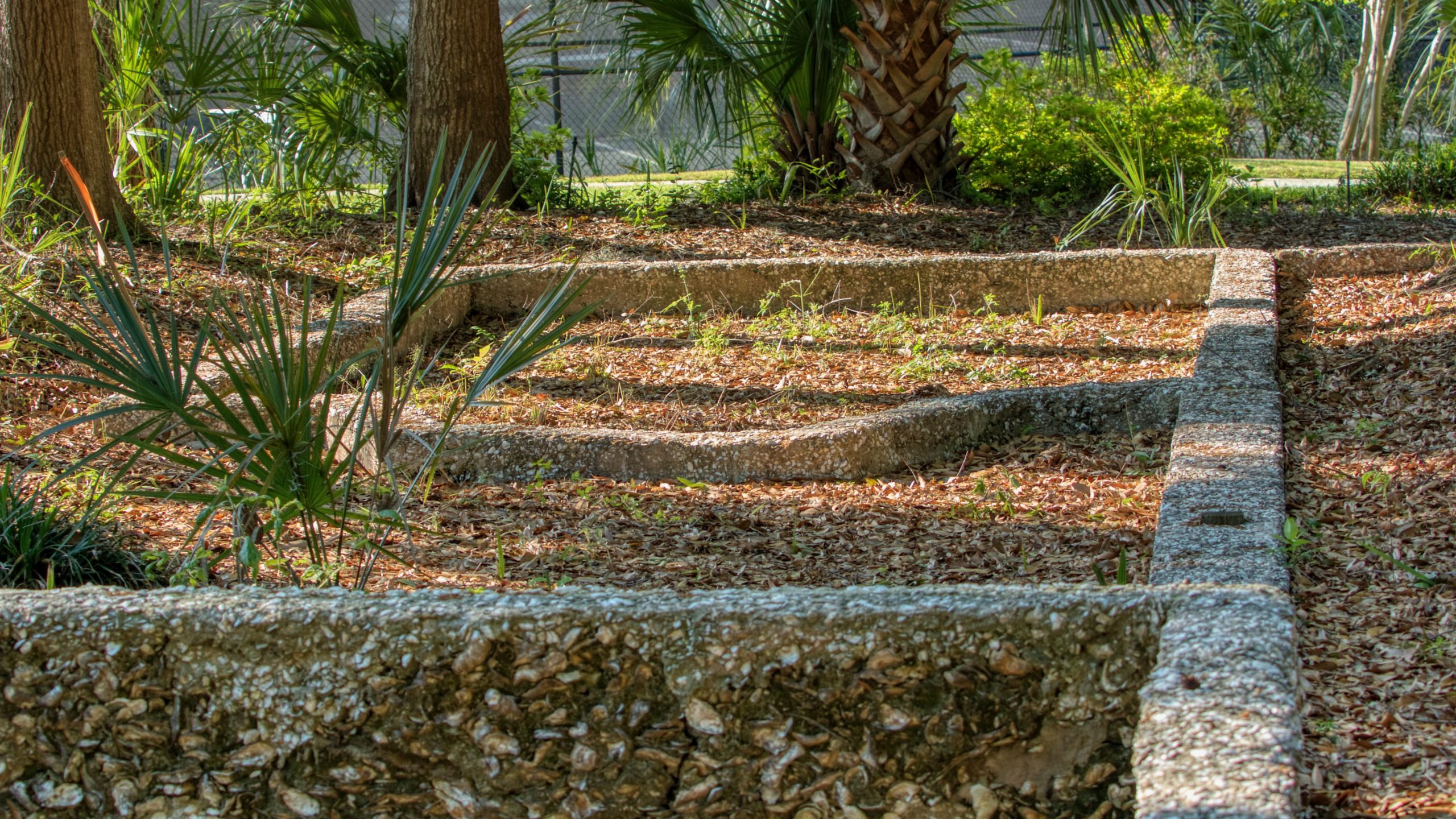Image above: Foundation of Enslaved Family House in the Berners Barnwell Sams Plantation Complex, Datha Island, S.C. circa 1815
(Updated March 21, 2022)
The Sams family’s success and prosperity could not have been achieved without the hundreds of enslaved men, women, and children who worked silently tilling the land, harvesting the sea island cotton, building the structures, and serving their Sams masters in many ways. Datha’s enslaved peoples were an undeniable and vital part of this island’s plantation era history. Their lives and work on plantations on Datha Island, Ladys Island, and St. Helena Island spanned three generations of the Sams family.
This week is an appropriate time to republish resident Jane Griffith’s Slavery and Datha’s Enslaved. On March 20, 1852, a book was published with Life Among the Lowly as its subtitle. A decade later, the author met the President of the United States. He is reported to have said,
Is this the little lady who made this great war?
Abraham Lincoln, President of the United States of America, circa 1863
Retold in The New Yorker, June 2011
The author was Harriet Elizabeth (Beecher) Stowe. The book was Uncle Tom’s Cabin. To paraphrase The New Yorker article written a decade ago, it was Mrs. Stowe’s passionate appeal to the American people to ask themselves what kind of country they wanted their nation to be. Apparently, even President Lincoln found her arguments persuasive.
Dataw Historic Foundation long-time member Jane Griffith wrote Slavery and Datha’s Enslaved over a several-year period. She did extensive research on slavery in North America and South Carolina. Jane weaves together information, stories, and data from about 50 sources to create an engaging and thorough description of the slaves of Datha Island; as detailed as the records left behind will support. Thank you, Jane!
Bill Riski
Learning about the enslaved who once lived and worked on the Datha plantations has just begun. The information presented was taken from census records, archaeologist reports, family narratives, various books, newspaper articles, lectures, and online sources. However, much more work remains to identify Datha’s enslaved. That job will take time, persistence, and patience.
Recognizing that the topic of slavery and enslaved is sensitive and emotionally charged, an effort was made to gather the facts from many reliable sources and to present them in an impartial and informative manner. Quotes from a slave-ship captain, enslaved, slave owners, an abolitionist, and archaeologists were utilized to make the material come alive in a realistic and balanced way so the reader could better understand slavery and the life of the enslaved from all perspectives.
Jane Griffith, March 2020
Sometimes history ‘accuses’ us, and we cannot ‘stare down’ our moral responsibilities. But history also forces us to interpret, explain, describe, and imagine ourselves into the events of the past.
David W. Blight, Afterword: The Atlas of the Transatlantic Slave Trade
#52 Sams Week 16


